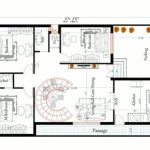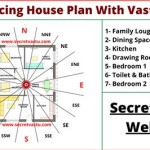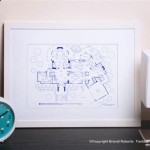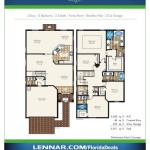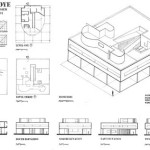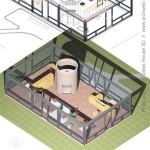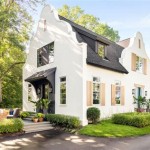Essential Aspects of Nursing Home House Plans
Nursing homes provide a crucial sanctuary for elderly individuals requiring specialized care and support. When constructing or renovating a nursing home, meticulous planning is essential to ensure that the facility meets the unique needs of its residents and provides a safe, comfortable, and therapeutic environment.
1. Resident-Centered Design: At the heart of any nursing home house plan lies the well-being of its residents. The design should prioritize their needs, comfort, and dignity. This includes creating accessible and clearly marked spaces, ensuring adequate lighting and ventilation, and incorporating features that promote socialization and independence.
2. Functional Layout: A well-organized layout optimizes efficiency and facilitates smooth daily operations. The plan should include designated areas for administrative functions, clinical care, dining, leisure activities, and resident rooms. Consider the flow of traffic and the proximity of support services to minimize staff workload and ensure prompt response to resident needs.
3. Safety and Accessibility: Safety is paramount in any nursing home. The plan should incorporate features such as slip-resistant flooring, handrails, ramps, and emergency call systems. Accessibility is crucial for residents with mobility limitations, including wider hallways, accessible bathrooms, and adjustable furniture.
4. Medical and Care Facilities: Nursing homes provide specialized medical and care services. The house plan should allocate adequate space for examination rooms, treatment areas, medication storage, and rehabilitation facilities. Ensure that these areas are designed to provide privacy, comfort, and ease of use for both residents and staff.
5. Social and Activity Spaces: Socialization and meaningful engagement are vital for residents' well-being. The plan should include dedicated spaces for activities such as group dining, games, movies, and crafts. These spaces should be designed to foster a sense of community and promote socialization.
6. Outdoor Environment: Access to fresh air and nature is crucial. The house plan should incorporate outdoor spaces such as courtyards, gardens, or walking paths. These areas provide opportunities for relaxation, socialization, and therapeutic activities.
7. Infection Control: Infection control is a paramount concern in nursing homes. The plan should incorporate measures such as isolation rooms, negative air pressure systems, and proper ventilation to minimize the risk of infection spread. The design should also promote hygiene practices, such as designated handwashing stations and easy-to-clean surfaces.
8. Staff Support: Nursing home staff play a vital role in providing quality care. The house plan should include adequate staff spaces such as break rooms, offices, and storage areas. These areas should be designed to provide comfort, privacy, and support for staff well-being.
9. Technology Integration: Technology can enhance safety, efficiency, and resident care. The plan should consider the integration of medical alert systems, electronic health records, and assistive devices to support residents' needs and improve staff communication.
10. Future Expansion and Flexibility: Nursing homes evolve over time to meet changing needs. The house plan should allow for future expansion and flexibility to accommodate potential renovations or additions. This may include modular designs, adaptable spaces, and infrastructure that can be easily upgraded.
By incorporating these essential aspects into nursing home house plans, designers and healthcare providers can create facilities that provide a safe, supportive, and enriching environment for elderly residents.

Example Image Residential Nursing Home Unit Plan Care Senior Living Interior Design

How The Best Nursing Home Designs Focus On Senior Health And Wellness Part 1 General Areas

Small One Story 2 Bedroom Retirement House Plans Houseplans Blog Com

55 Small House Nursing Home Ideas
Getting Better With Age Design For Senior And Assisted Living Facilities Architect

Pin By Sun Hwa Lee On Senior Nursing Home Hospital Design House

Assisted Senior Living Floorplan Floor Plans Facility

Pin On Arch Plans

Pin On Dream Big

Two Bedroom Suite Floor Plans Nursing Home Colorado Chal

